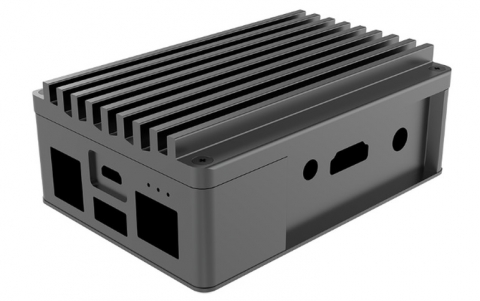
New PS3 details emerge; console to be playable at E3 2005
Sony Computer Entertainment boss Ken Kutaragi has confirmed that a playable version of the PlayStation 3 will exist by next spring, with the console set to appear at E3 next year, quashing rumours of serious delays to its development.
Speaking at a press conference about the PSP in Tokyo this morning, Kutaragi confirmed that the console would be at E3 next year in playable form, and reacted directly to industry rumours which had suggested that difficulties in the creation of the Cell microprocessor could push the company's schedule for the system back.
"There has been some talk that development is not going well, but we expect to have a playable version at E3," he told the conference. "We are pushing ahead with that schedule in mind."
Nintendo has previously announced that it will bring its next-generation console, codenamed "Revolution", to E3 next year - although Nintendo Europe PR boss Shelly Pearce today downplayed the importance of the PS3's presence, pointing out that "in terms of PlayStation 3, 'exhibited at E3' and 'coming to market' are two very different things," and stating simply that Nintendo plans to "talk about our vision for Revolution at E3 next year... but it's far too early to talk about specifics now."
Microsoft is also expected to show off its next-generation platform, codenamed Xenon, at E3 next year - although it's likely to be unveiled ahead of the event, possibly at the CES show in Las Vegas in early spring. The company is currently planning to launch Xenon before the end of 2005, in order to win "first-mover advantage" in the next console generation.
Kutaragi's comments come days after the company revealed new details of the PS3's memory architecture at the Rambus Developers Forum in Tokyo, where it emerged that the XDR DRAM used by PS3 will start manufacturing in mid-2005 with a view to beginning manufacture of the console itself before the end of the year.
That's broadly in line with expectations, since the Cell microprocessor is believed to have been sampled already, and should be entering full production at some point in 2005 - a schedule which would allow Sony to launch PS3 in Japan in early to mid 2006, followed by a global launch in time for Christmas 2006.
What's more interesting, arguably, is that SCEI also admitted that it has changed the memory chips being used by PS3 from 512Mbit units to 256Mbit units. However, contrary to some reports, this is unlikely to mean that the company has actually reduced the amount of RAM in the system - rather, that it has boosted the memory bandwidth from the previously expected 25.6GB/sec up to 51.2GB/sec, making the console's memory technology significantly faster than even top of the range modern PC technology.
From gi





















